
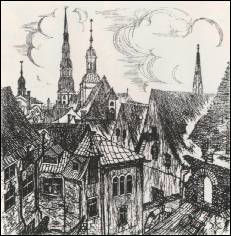
The roofs of Old Riga
 |

The roofs of Old Riga |
| Riga through Karlis Cirulis' eyes |
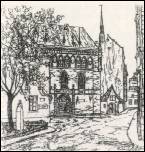 Museum of History of Riga and Navigation Museum of History of Riga and Navigation4 Palasta iela The oldest museum in the Baltics (founded in 1773). Contains richest collections on archaeology, numismatics, photographs, applied art and household articles. The display tells you about history of Riga from the ancient times up to the XVIII century and history of navigation from the X century up to present days. Thematical exhibitons based on the museum's reserve tell about the history of Riga as well. The museum is located in the ensemble of Riga Dome.
|
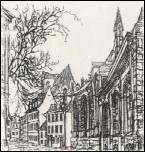 St.John's Church St.John's Church24 Skarnu iela Was built in the Dominican monastery ensemble after 1234, first as a chapel. After expulsion of the Dominicans in th period of reformation the building was privately owned - it was used as a stable and later as$ In 1582 it became a part of a Latvian parish. In 1587-89 the eastern altar part was added. As a legend goes, in the XV century two monks were walled up there at their own will. Only a small window in the wall to pass them food and drinks was left. They wished to be canonized but they didn't tolerate long and died soon. And the Pope never canonized them being sure that they had been moved only by their ambitions. The spot where the monks were walled up, and buried, can be easily seen today - it is marked by a cruciform barred aperture in the wall. |
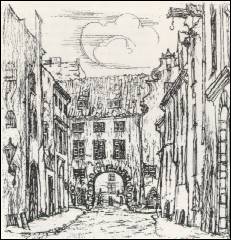 "Swedish Gate" "Swedish Gate"11 Torna iela Was built into the city's old fortification wall in 1698 - now it is a part of the House of Architects building. Fragment of the fortification wall has been restored nearby, at Torna street. |
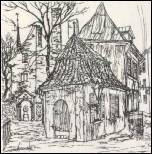 The yard of Old Riga The yard of Old RigaJauniela
|
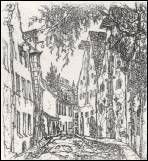 Warehouses of Old Riga Warehouses of Old RigaSpecial stone buildings for storing goods. In the XVII - middle of the XVIII century there were more than 160 warehouses in Riga. Only 20 buildings have been preserved in course of time. The first warehouse at 10 Vecpilsetas street is not typical - it is decorated with anchors and crosses. It dates back to the XIX century. Two warehouses at Alksnaja street are more common for Riga. Facade of one of them is decorated with a picture of white dove - that was the name of this warehouse because at that time buildings in Riga didn't have numbers. |